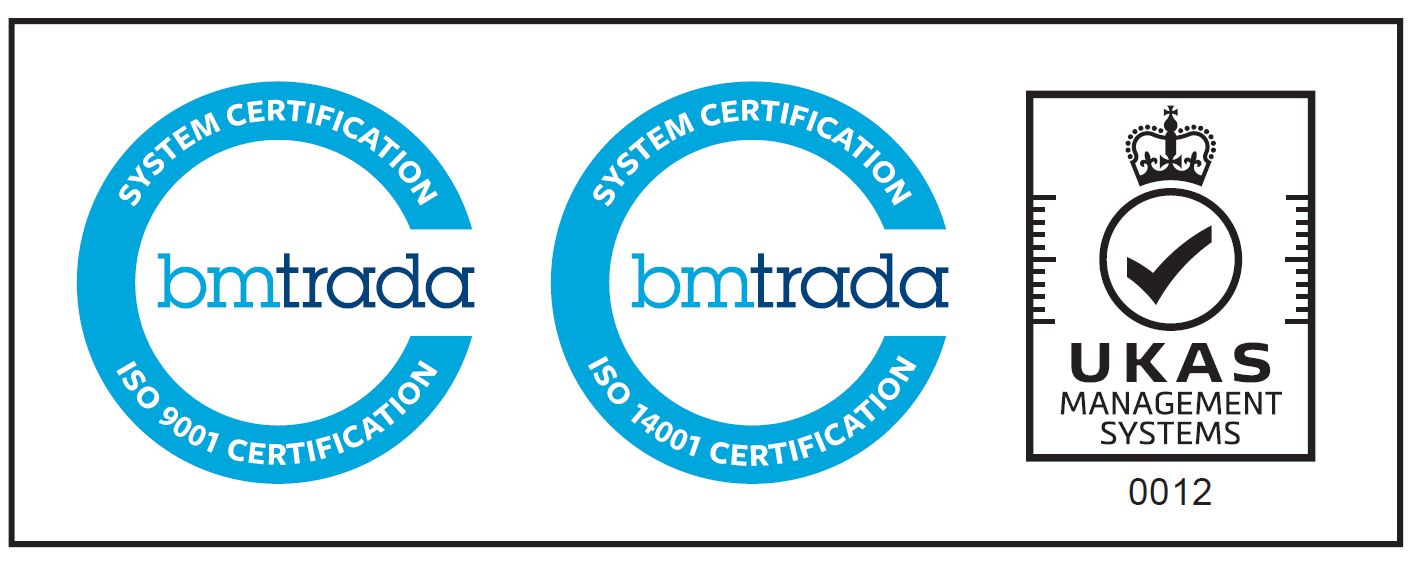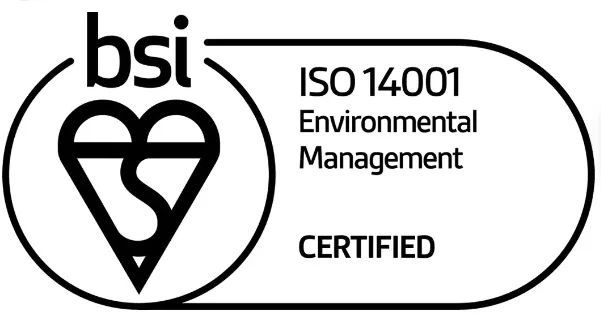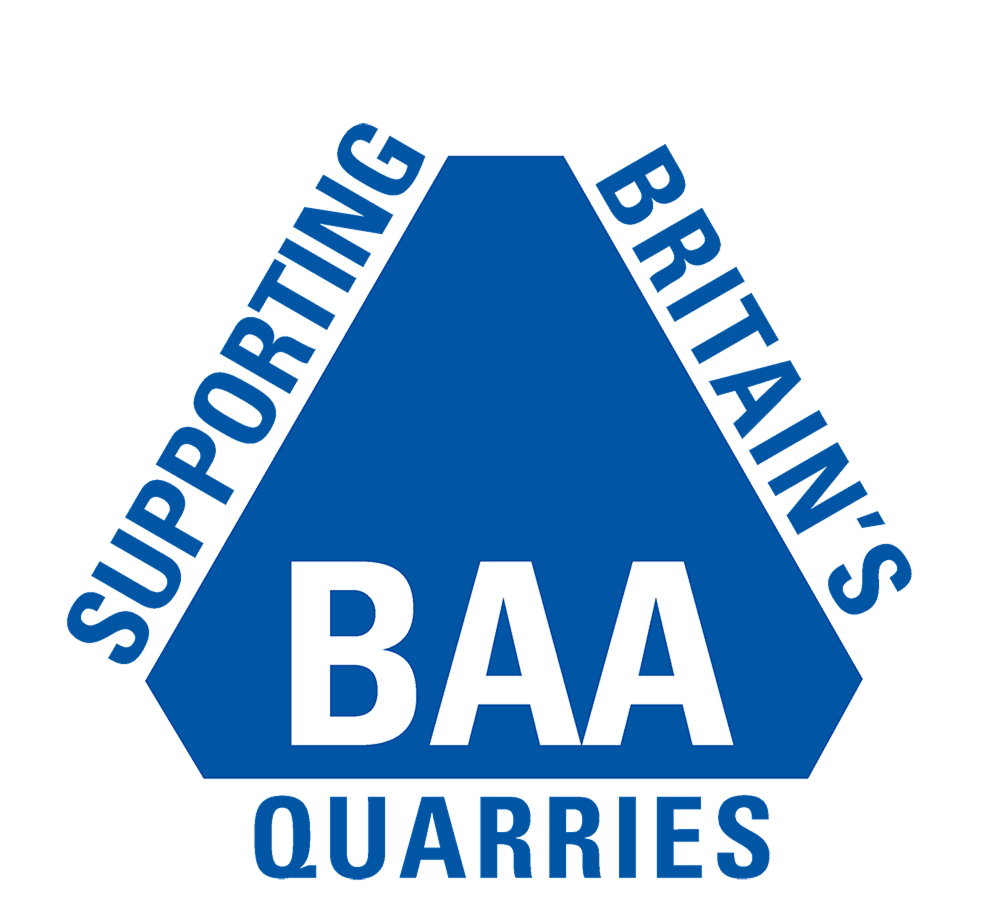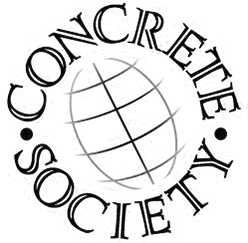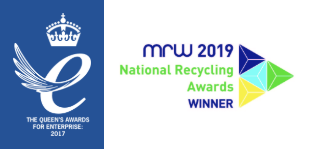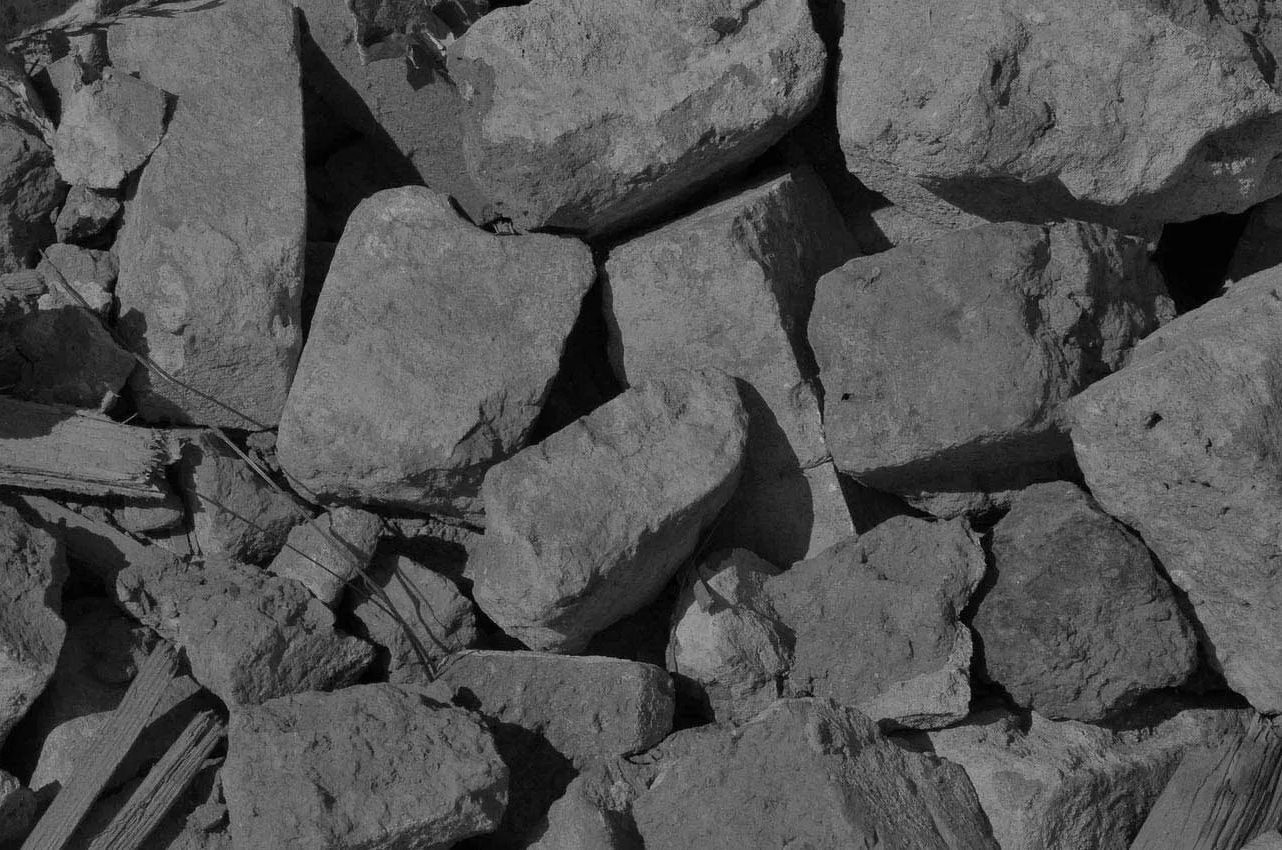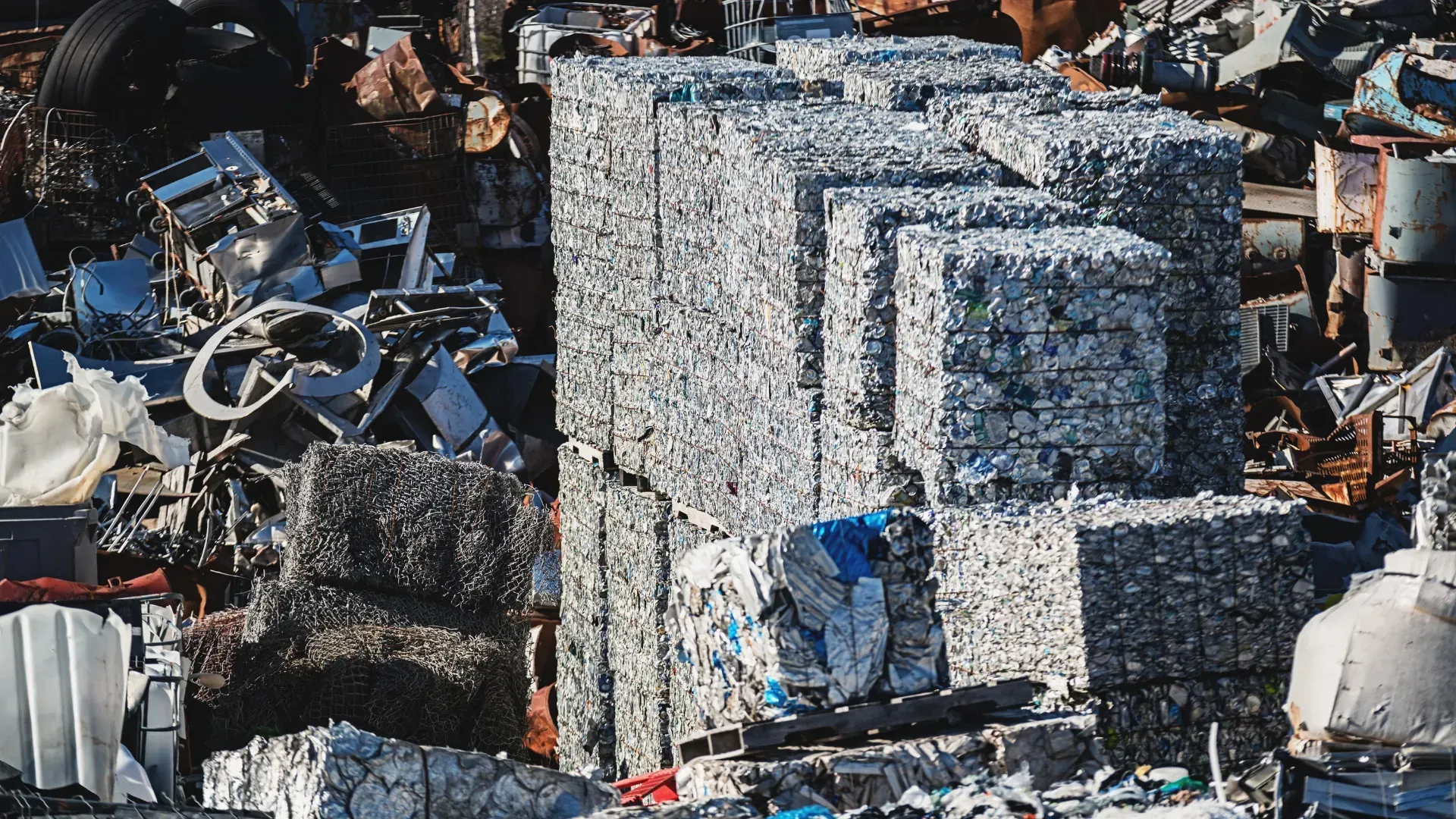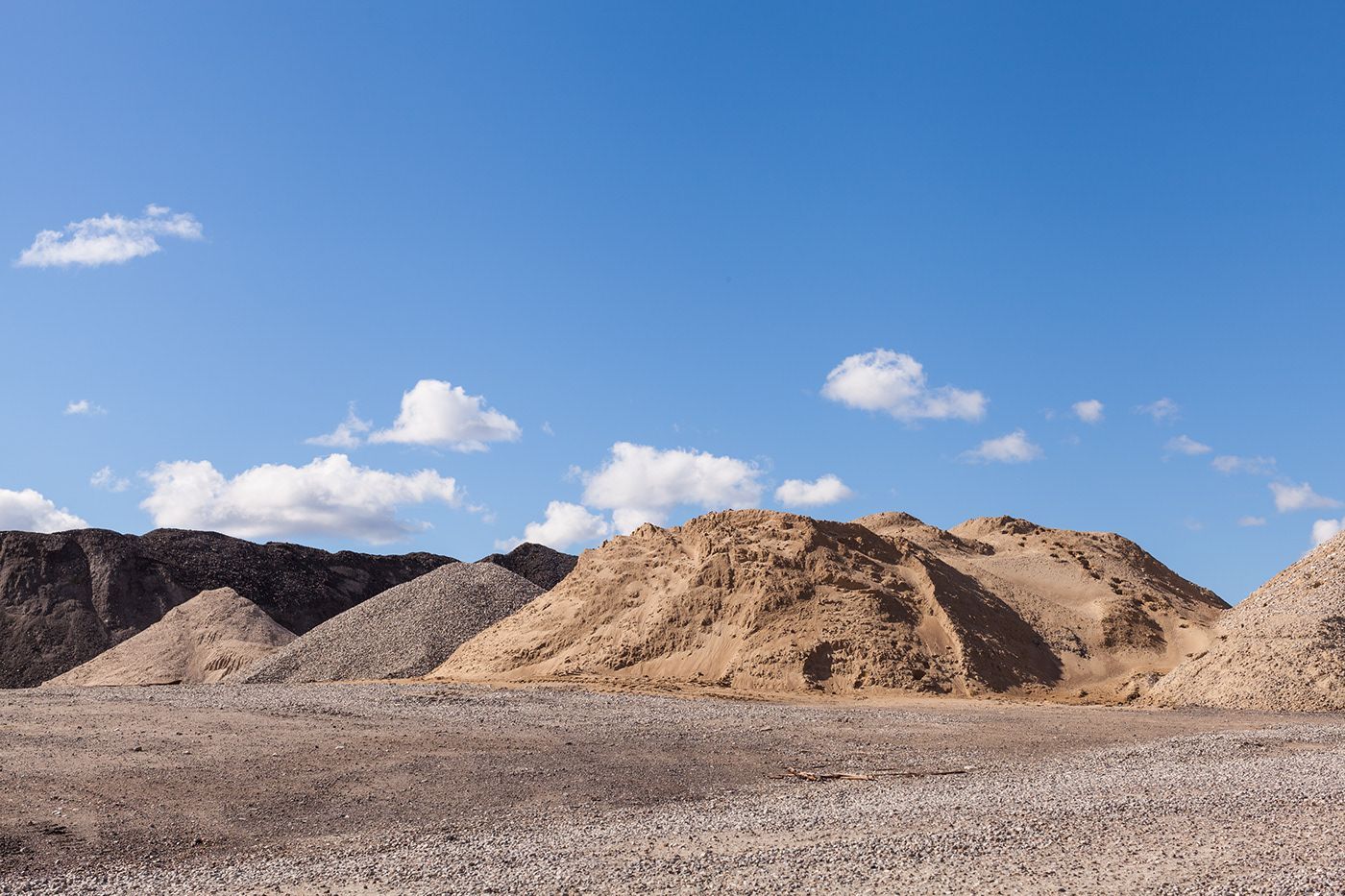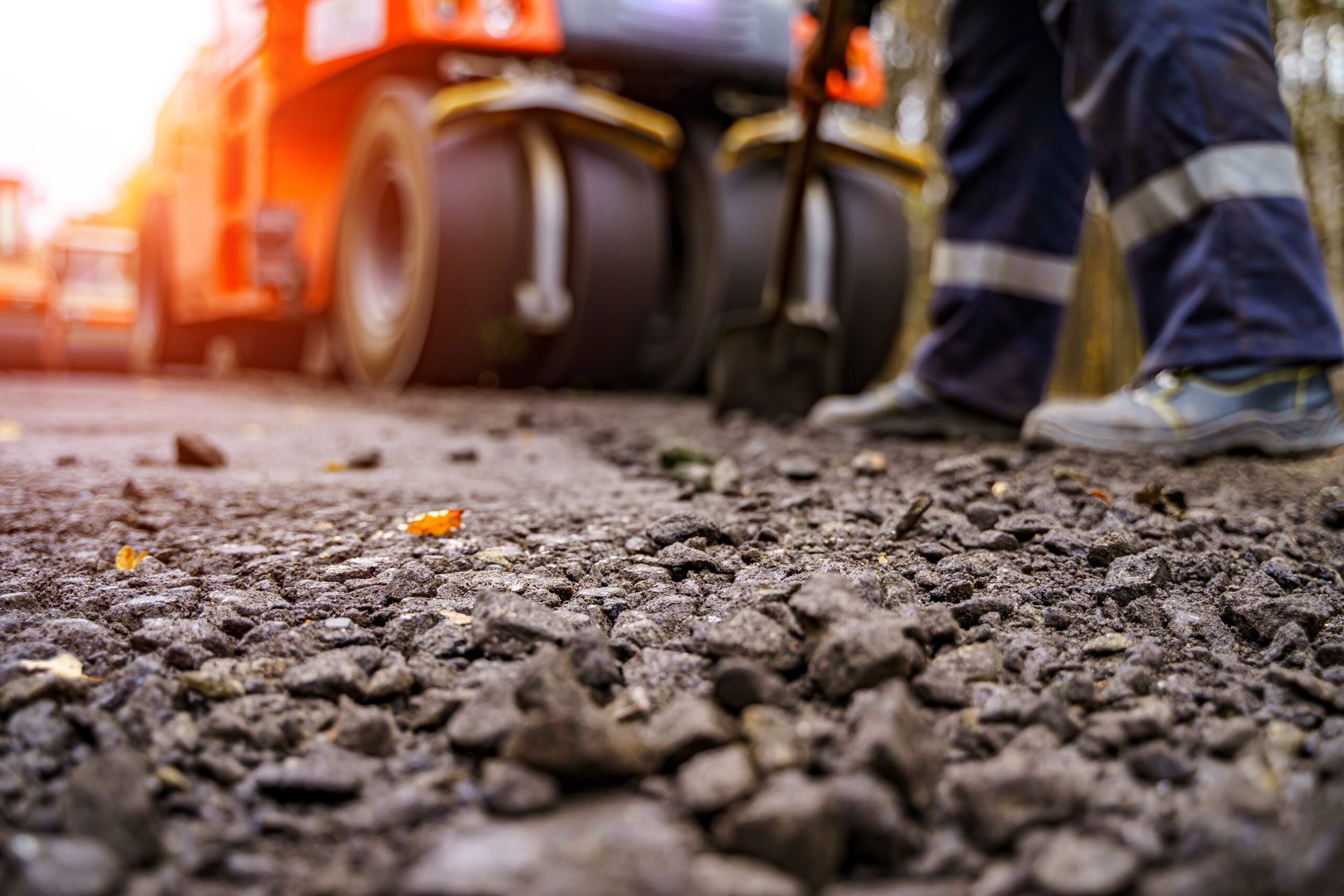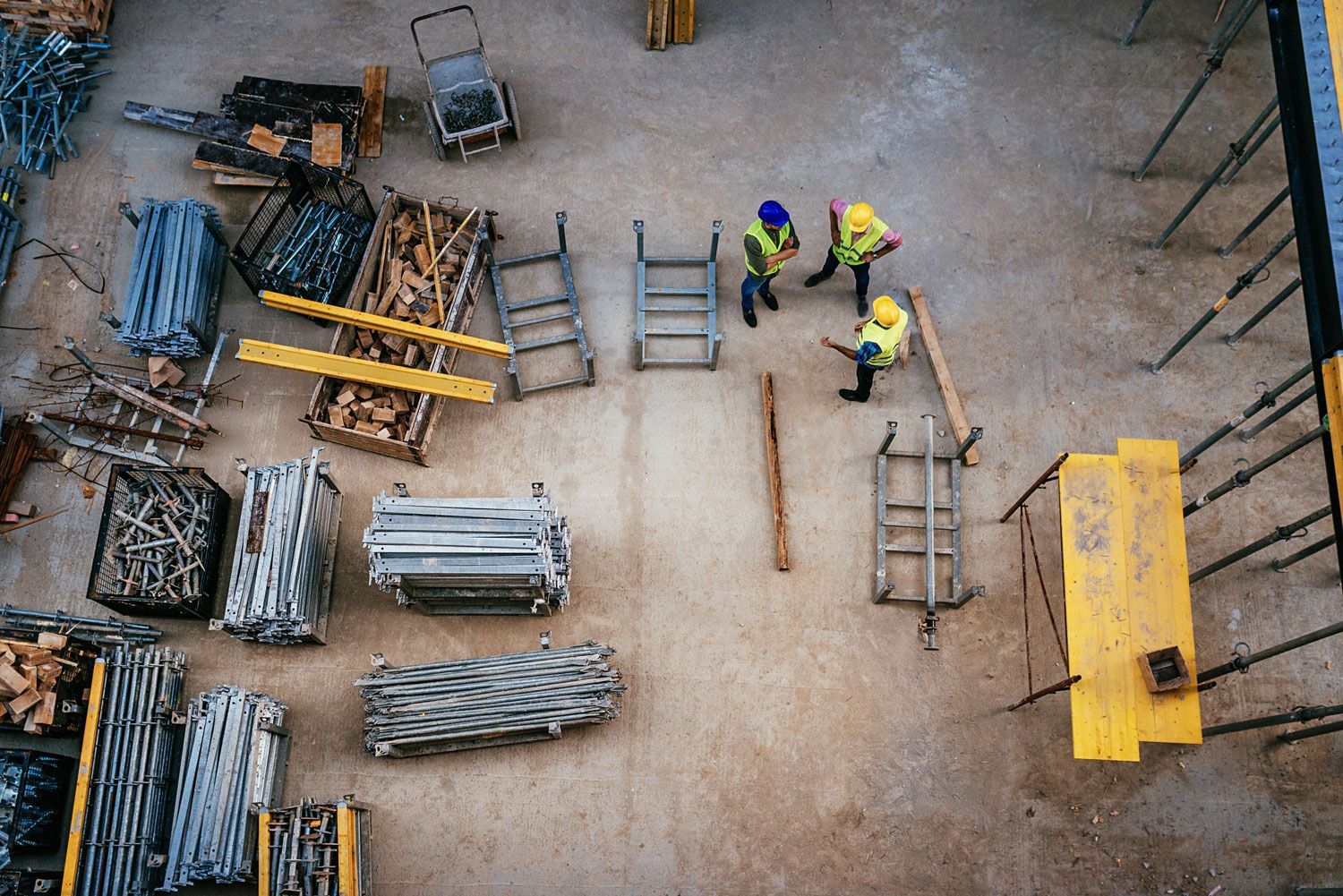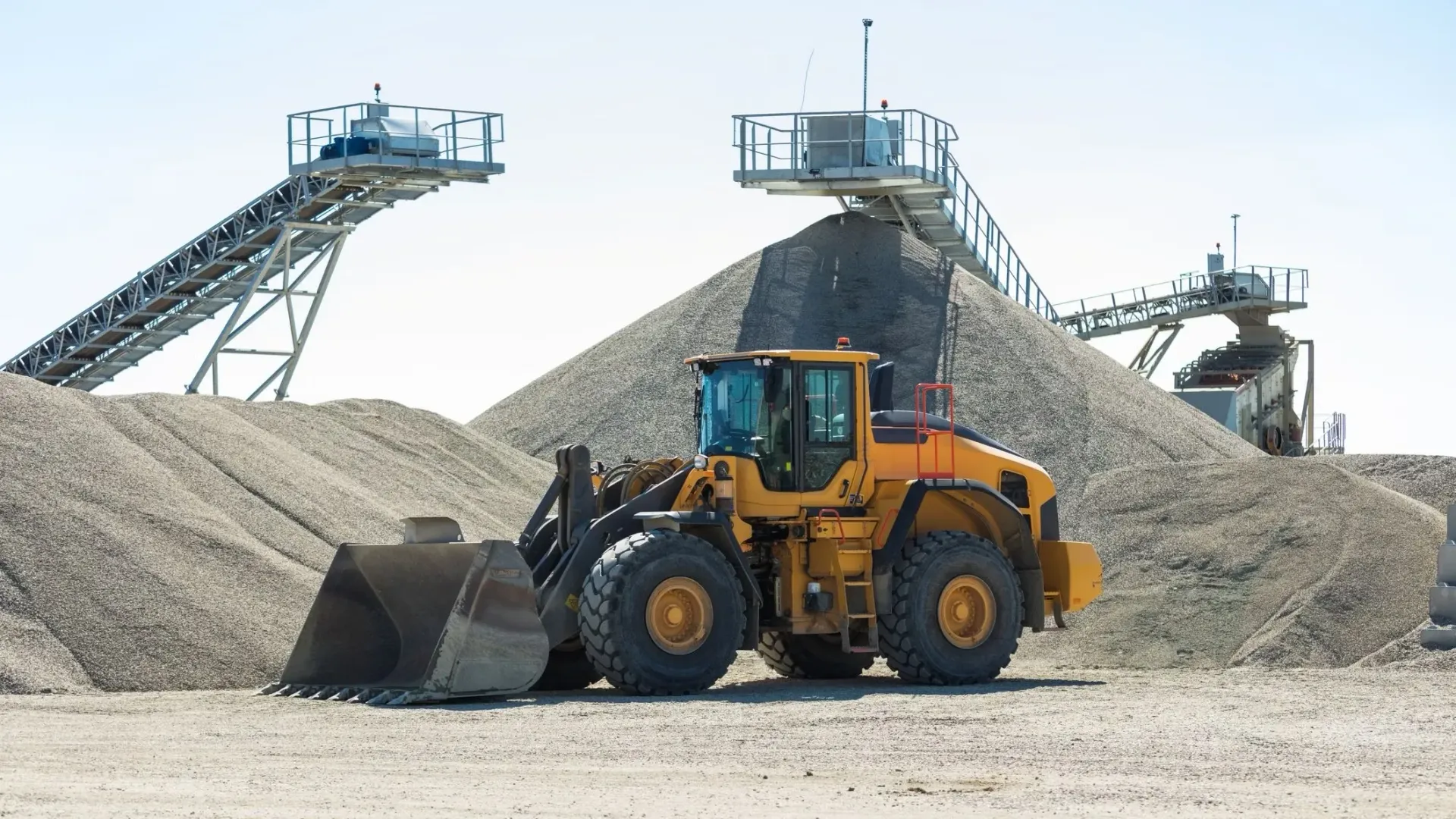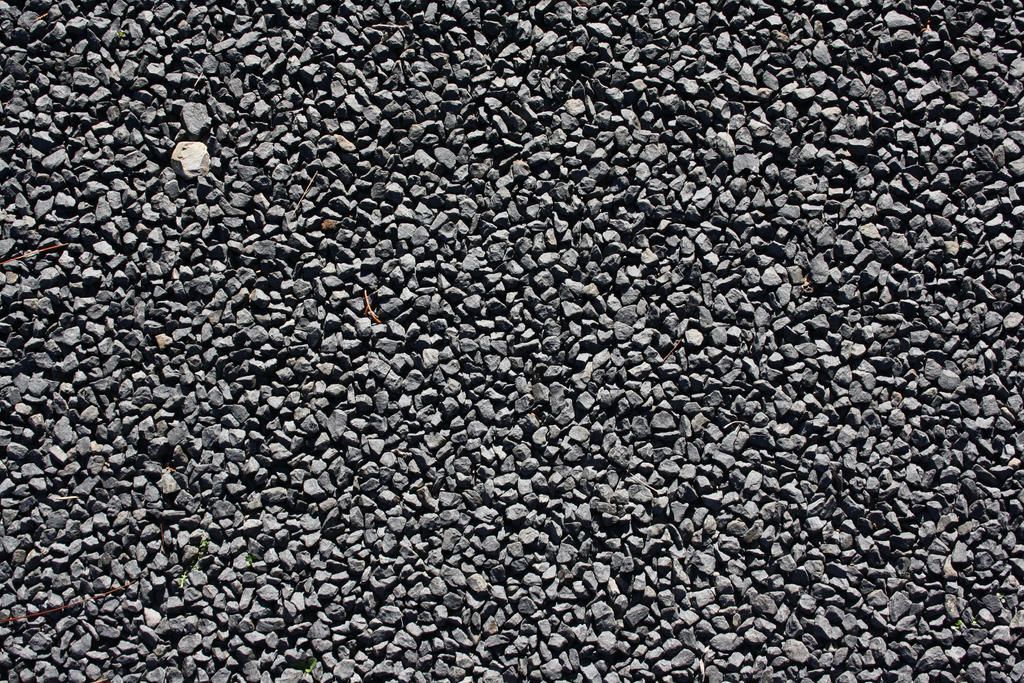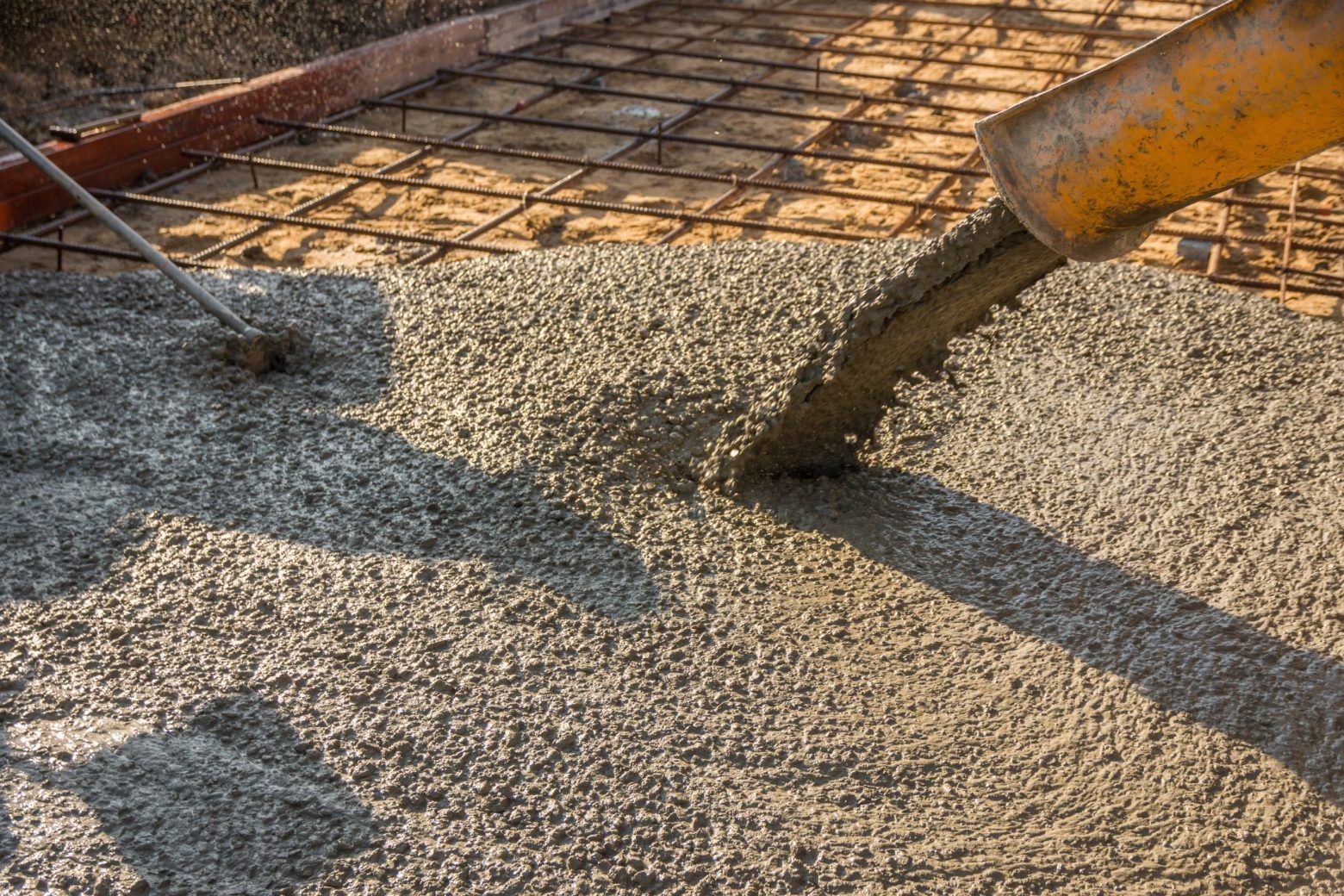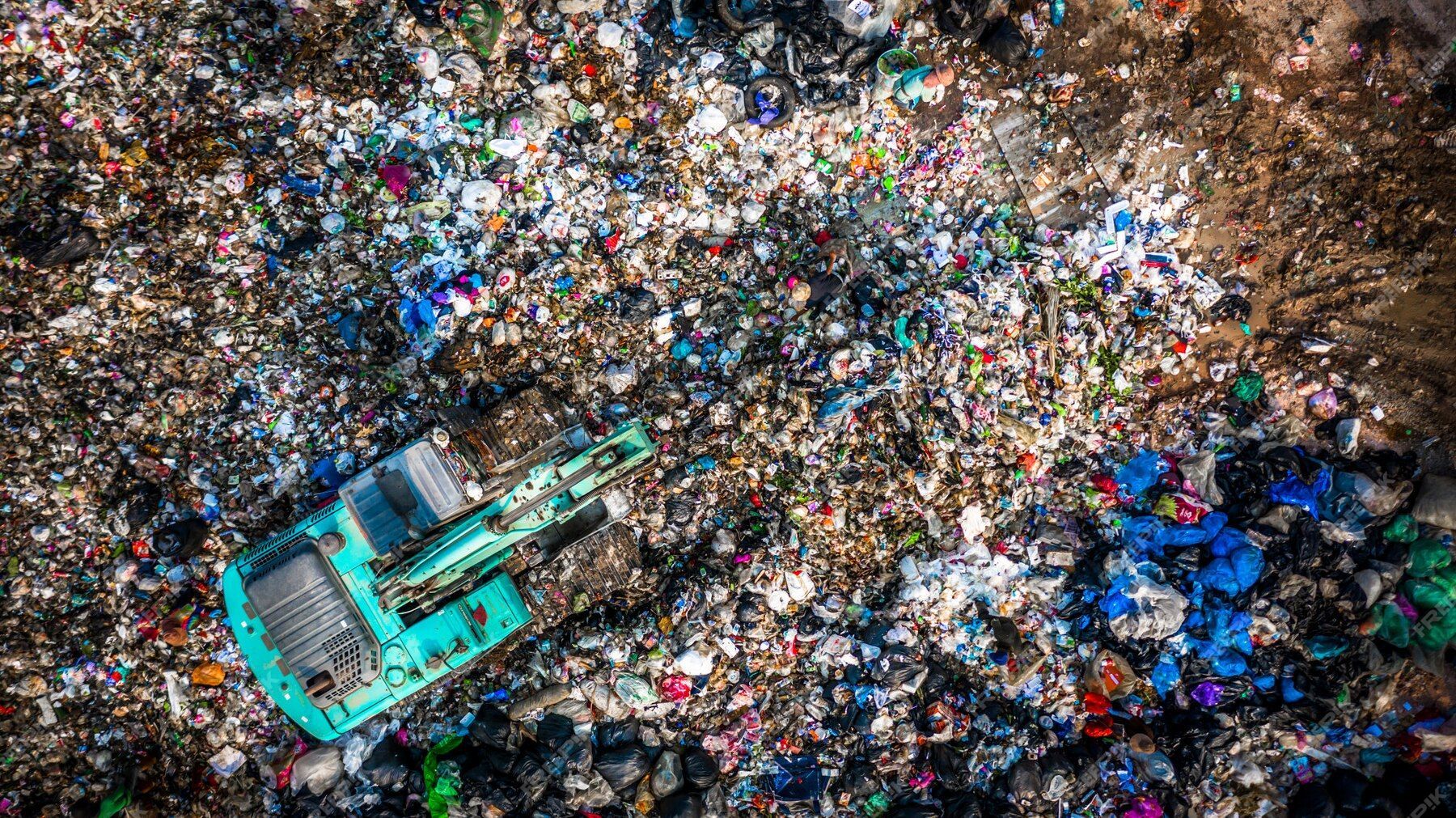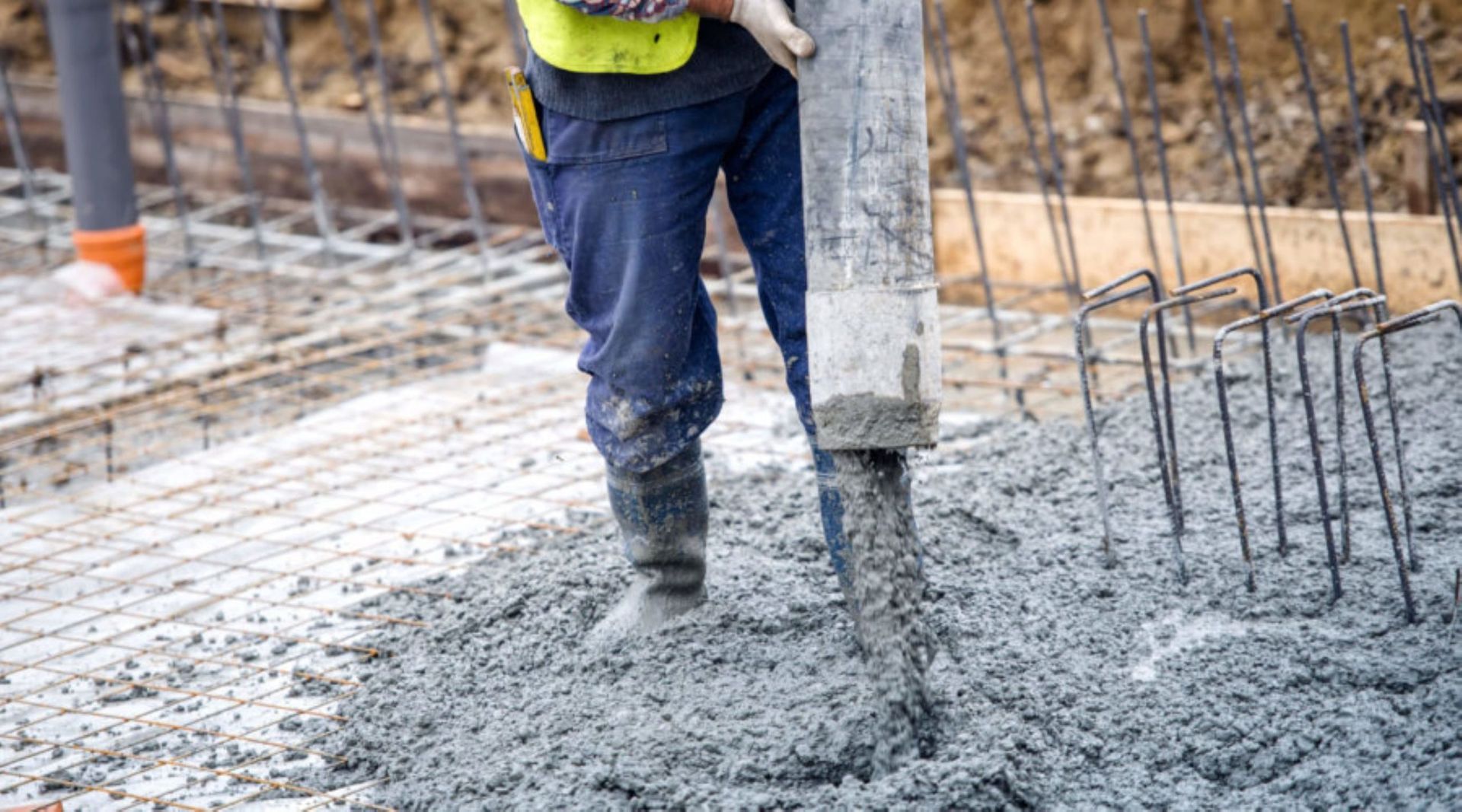Quarry Site Health & Safety
Quarrying sites carry a lot of risks, with the potential of accidents, injury, illness or even the risk of life all associated with the industry. Below, we outline the importance of carrying out quarrying health and safety measures, and how best to go about it.
Health Risk Assessment
Any risks associated with your health will need to be identified, assessed and controlled through the same means as standard safety risks, as set out in the Health & Safety at Work Regulations 1999 act. Quarry sites pose considerable health risks, from exposure to airborne pollutants, which can trigger respiratory diseases, to excessive vibration, high noise levels and close contact with heavy operational machinery, which can all pose a potential risk of accident, injury or worse. Carrying out a health assessment to identify, assess and control the risk of health risks is vital in improving your quarry’s safety; let’s take a look at each step in closer detail.
Identification
The first stage of carrying out a health risk assessment is to identify potential dangers or risks to health from work activities on your quarry site. These risks should be identified as hazards that could potentially lead to an accident, injury or illness that could result in chronic pain, respiratory diseases, injury or even death. Risks associated with quarry work typically include:
● Inhaling airborne pollutants, (e.g, dust or fumes), that trigger respiratory illness or asthma.
● Excessive vibration caused by hand-held tools that cause circulatory problems or hand-arm vibration syndrome.
● High noise levels resulting in deafness and tinnitus.
● Repetitive strain injuries, musculoskeletal conditions or upper-limb disorders.
● Skin contact with chemical substances.
● Exposure to radiation.
● Limb amputation or death.
Health hazards and risks can be identified relatively easily, but you can always hire a specialist occupational health practitioner to offer expert advice or assistance if necessary.
Control
If hazards are identified, control measures must be implemented in order to reduce or eliminate the risk. Control measures are generally broken down into three main categories, reduction, minimisation and elimination:
Reduce/Minimise
Reducing or minimising risks associated with quarrying are generally carried out in two ways; through engineering controls, (reduction), or through procedural controls, (minimising). Both are designed to control the risks, with common examples including soundproofing machinery, introducing PPE equipment or rerouting hazardous materials away from the site.
Eliminate
Complete elimination of risk is typically achieved through a complete redesign or restructuring of how equipment is used or a task is carried out to eliminate the potential risk of the hazard. An example could include replacing an old piece of machinery with a new one.
At
W M Thompson & Son, we take
health and safety very seriously and are committed to delivering the best quality products and services every time. This is why we carry out regular checks and maintenance on all our machines, regularly revise our quarrying methods and do as much as we can to contribute to the local community. To find out more about our health and safety policies,
contact us today.
